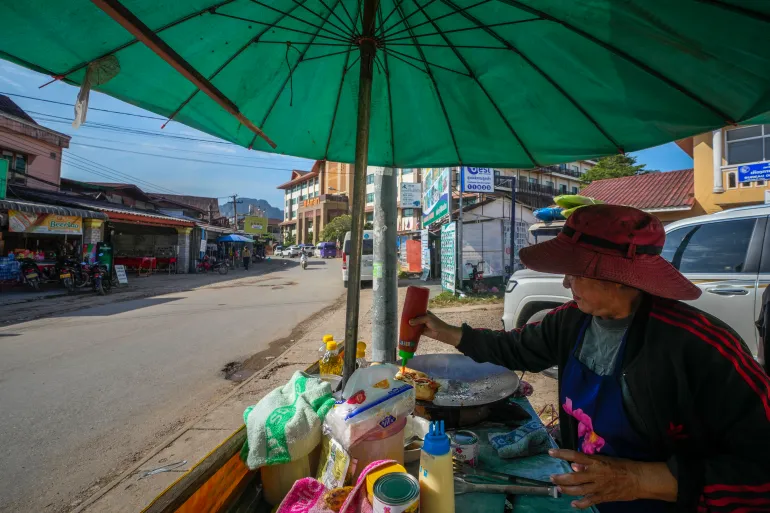The pursuit of a balanced diet is often framed around individual choices: eat more vegetables, cut down on sugar, and drink plenty of water. While these personal habits are undeniably important, scientists are now highlighting a surprising factor that could significantly influence dietary habits: infrastructure, specifically better roads.
Recent research has shown that improved road networks play a crucial role in promoting healthier eating patterns, especially in rural and underserved areas. These findings shed light on the intricate connections between infrastructure, food accessibility, and nutrition, revealing that the state of roads can shape what ends up on our plates more than we might imagine.
The Link Between Roads and Diet
The quality and reach of road networks directly impact food supply chains. In regions with poor infrastructure, fresh, nutrient-dense foods like fruits, vegetables, and dairy products are often harder to come by. These areas rely on long, inefficient supply chains that increase the cost and reduce the availability of perishable goods. As a result, people in such regions often turn to highly processed, calorie-dense foods that have a longer shelf life but offer little nutritional value.
Better roads can dramatically change this dynamic. By reducing transportation time and costs, they make it easier for fresh, healthy foods to reach remote areas. This improved accessibility not only broadens food choices but also makes healthier options more affordable, encouraging communities to incorporate them into their diets.
Rural Communities: A Case in Point
The disparity in dietary habits is most evident in rural and low-income areas, where access to fresh produce is often limited by infrastructure. Studies conducted in developing countries have shown that regions with improved road networks experience a noticeable shift in dietary patterns. With faster and more reliable transportation, farmers can sell their produce in distant markets, increasing the variety of foods available locally. Similarly, grocery stores in these regions can stock fresh items more consistently, making it easier for residents to adopt healthier eating habits.
This phenomenon isn’t confined to developing nations. In developed countries, poor road conditions can also lead to food deserts—areas where healthy, affordable food options are scarce. Addressing these infrastructural gaps can help bridge the nutrition divide and promote a more balanced diet for all.
Beyond Food Access: Economic and Social Impacts
The benefits of better roads extend beyond food access. A well-maintained road network boosts local economies by enabling farmers and producers to expand their reach. This increased economic activity can further enhance food diversity as farmers are incentivized to grow a wider range of crops to meet market demand.
Moreover, improved roads foster social connectivity. They make it easier for people to access educational resources on nutrition and health, attend community markets, and participate in initiatives aimed at promoting better eating habits. Together, these factors create a positive feedback loop that strengthens the overall food system and promotes long-term health.
A Call to Action
While improving roads might not seem like the most obvious solution to dietary challenges, it is a practical and impactful approach to addressing food insecurity and promoting better nutrition. Policymakers and planners should prioritize infrastructure development as a key component of public health strategies, recognizing the far-reaching effects of road quality on diet and well-being.
The next time we think about what’s on our plates, we might want to look beyond our kitchens and grocery stores. The journey to a balanced diet, it turns out, begins with the roads that connect us to the food we eat. Scientists’ call to improve infrastructure reminds us that a holistic approach, considering both individual behavior and systemic factors, is essential to creating a healthier world.




















